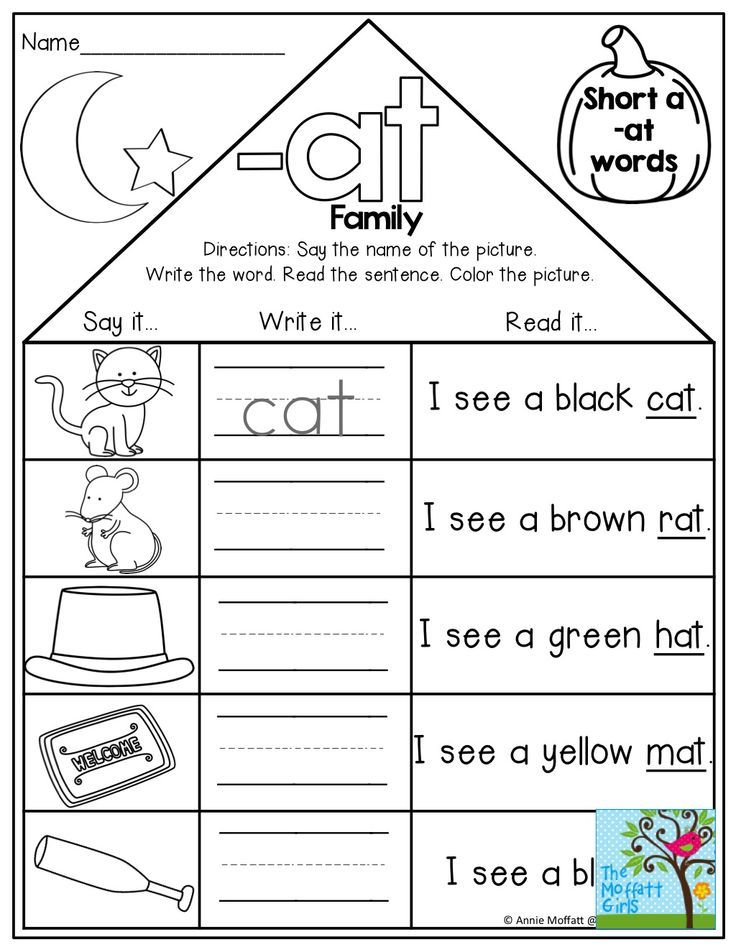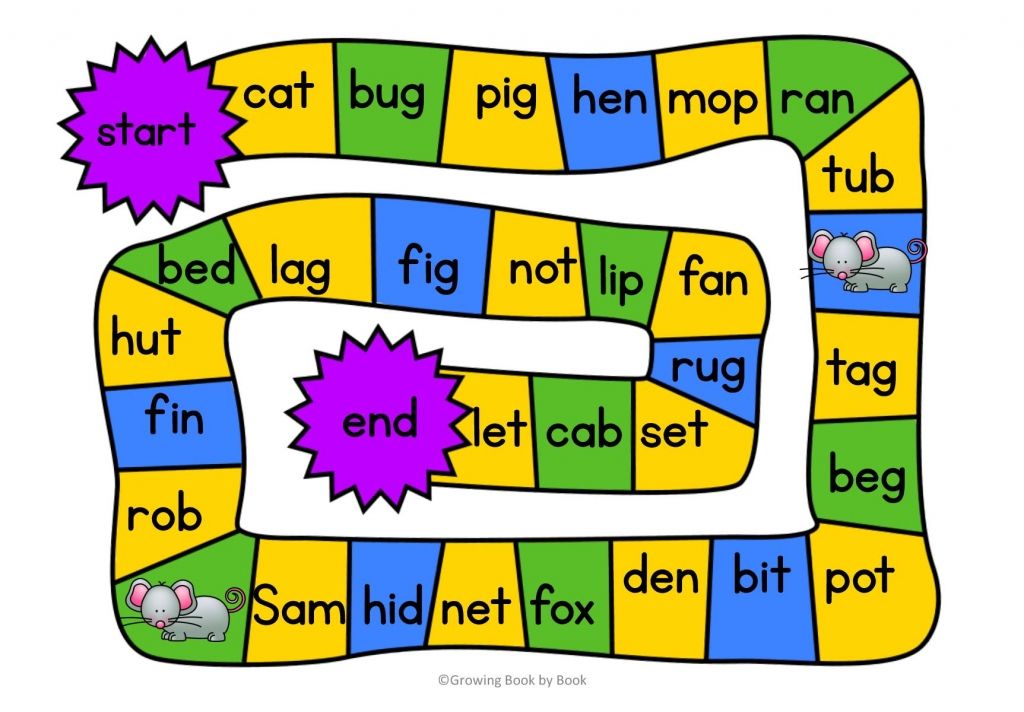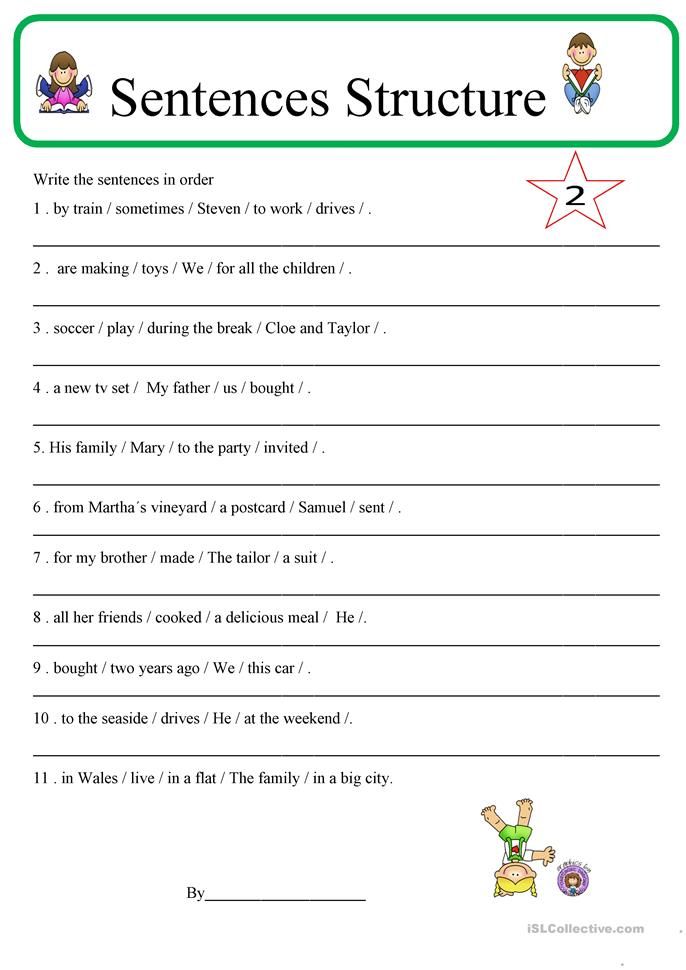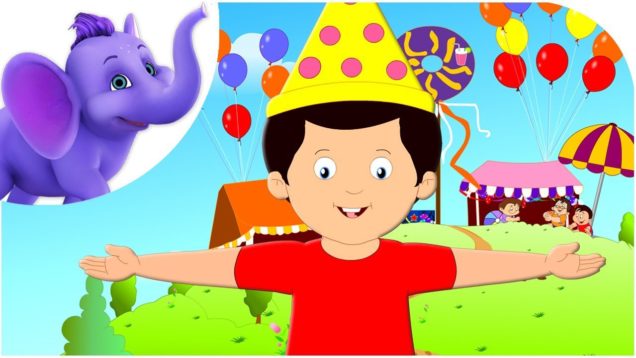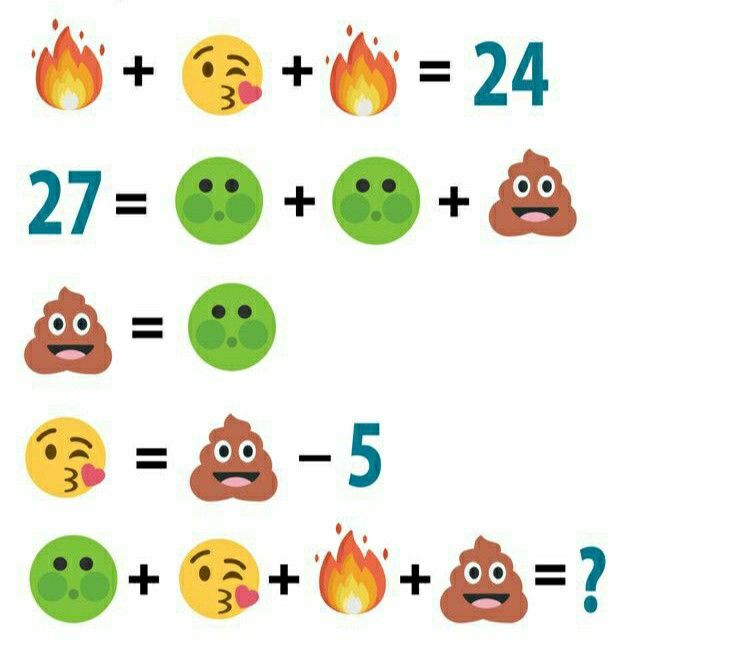Letter sound match
Beginning Sounds Letter Match-Up Mats Printable
Are you needing a simple-to-use, hands-on alphabet activity for your students to work on beginning sounds? These beginning sounds letter match-up mats are for you!
Beginning Sounds Letter Matching Mats
These beginning sounds letter match-up mats are perfect for your students as they learn letter sounds and beginning sounds. This activity would be a great addition to literacy centers, guided reading groups, or individual practice.
This beginning sounds activity can be used with preschool and kindergarten students and can even be adapted to meet the needs of some first graders.
Print and Go!
These beginning sounds letter mats are incredibly easy to prep! Just print, laminate, and go! Instead of laminating, you can also slide the mats into a write and wipe pocket for durability.
There are 3 different beginning sound mats with 9 pictures each, so every letter in the alphabet is represented.
These mats come in color AND black and white, so you can use them even if you don’t have access to color printing. Want to add a fun spin to this activity? You can print black and white mats and let your students color them.
You may print the letter cards found in the activity or use your own letter manipulative, such as letter tiles, magnetic letters, letter beads, etc.
For easy storage, put the letter cards in a small baggie and store the entire activity in a large baggie, file folder, or storage tray.
Differentiate With Letter Match-Up Mats
There are several ways to differentiate with these beginning sounds alphabet mats. Since there are 3 different mats, you can assign your students 1 mat, 2 mats, or all 3 mats. They can start with 1 and work their way up to completing all 3.
If they are struggling with a particular beginning sound, assign the letter match-up mat that includes that letter sound.
Since the directions do not change depending on the mat used, your students will be successful completing this activity independently.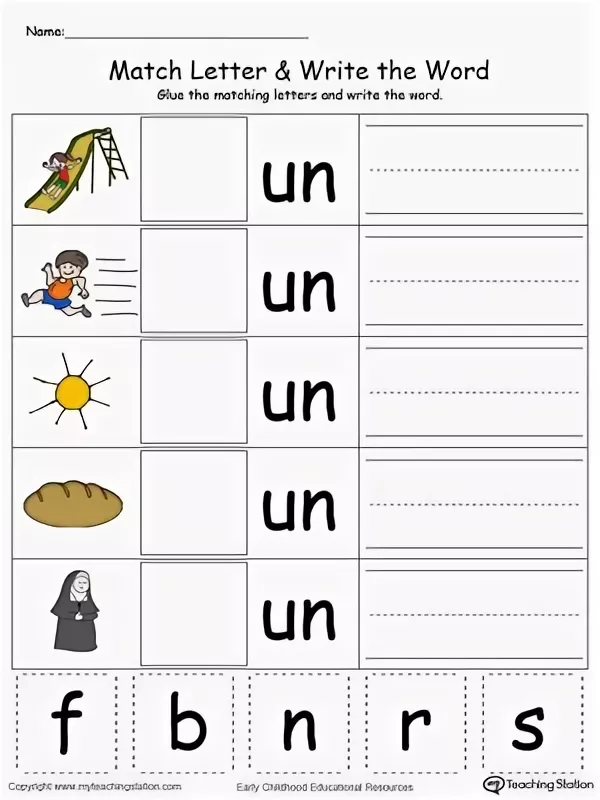 These mats can be used in a variety of instructional settings, including:
These mats can be used in a variety of instructional settings, including:
- Morning work
- Independent practice
- Bell ringer
- Exit ticket
- Early finisher activity
- Small group
- Partner work
- Literacy center
- Guided reading station
- Assessment
Setting Up the Beginning Sounds Mats
Supplies needed:
As an Amazon Associate I earn from qualifying purchases.
- Beginning sound picture card mats
- Letter tiles OR other letter manipulative
- Write and wipe pocket (optional)
- Print the beginning sound picture card mats.
- Laminate or slide into write and wipe pockets.
- Print, laminate, and cut out the letter cards if using.
- Store the letter cards in a baggie if using.
Using the Beginning Sounds Alphabet Mats
To use the beginning sounds letter match-up mats, students will look at each picture on the mat and determine what letter sound is at the beginning of the word.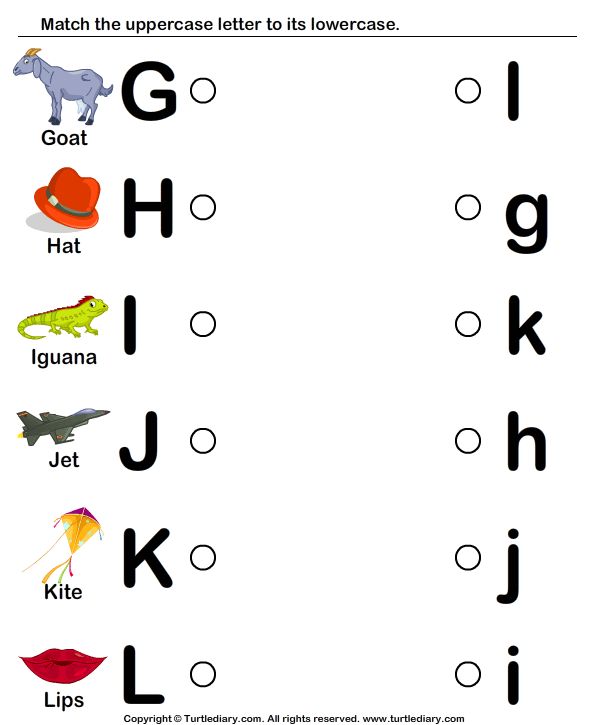
They will identify the letter that makes that sound and cover the picture with the corresponding letter tile, magnet, bead, etc.
To take it a step further, you can have your students tell you the word, the beginning sound, and which letter matches out loud. This will give them a little more practice.
If the students are using all 3 mats, they can switch it up by drawing a letter, making the beginning sound, and finding the picture that begins with that sound.
This beginning sounds activity is an effective, yet simple to understand activity that will give your students meaningful practice with this literacy skill. Incorporate it into your day in many ways and watch your students’ skills grow!
Click the button below to get the Beginning Sounds Alphabet Mats and start using them with your students!
Here are some more alphabet activities for you!
Paperless Alphabet Matching Mats
Paperless Alphabet Clip Cards
Pencil Alphabet Puzzles
Totally Awesome Alphabet Activities
Beginning Sounds Clip Cards
Alphabet Printables for Preschool and Kindergarten
Alphabet Play Dough Mats
Letter sound picture mats - The Measured Mom
PSPKK12359 Comments
This post contains affiliate links.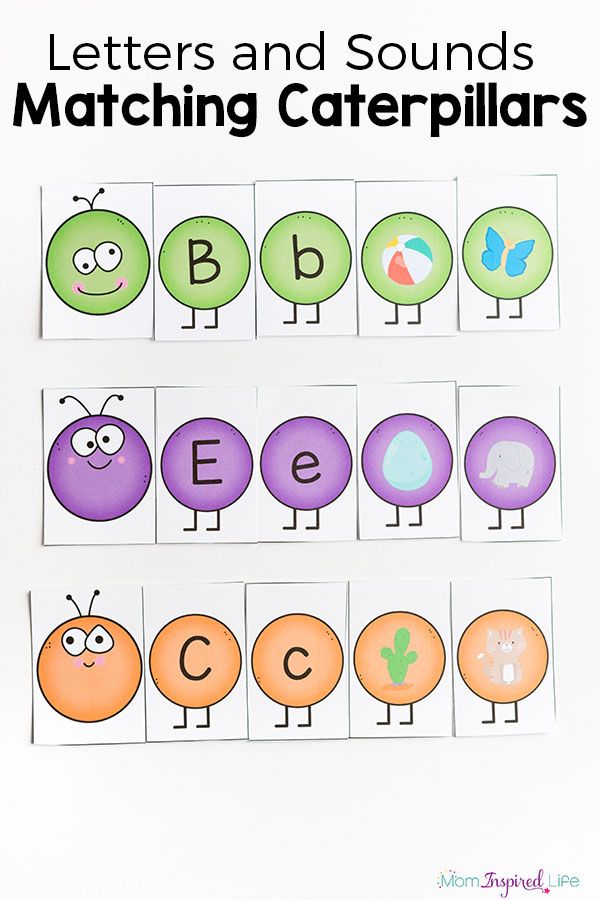 As an Amazon Associate I earn from qualifying purchases.
As an Amazon Associate I earn from qualifying purchases.
Sharing is caring!
Today I’m sharing a giant collection of beginning sound match mats! Get all 25 sets of picture mats and letter cards in one download. What a hands-on way to practice letters and sounds!
(This post contains affiliate links.)
If you’ve got a little one who’s working at learning letter sounds, this activity is for you!
I’ve created a total of 25 picture mats with matching letter cards. Each set builds on the previous one, so that as your child works through the entire set he will gain a strong foundation.
Free picture mats for learning letters and sounds
Here’s the first mat. It begins with just two letters: t and f. Your child will start simple by distinguishing between only two letter sounds.
With each mat, more letters are introduced until your child sees a maximum of five beginning sounds per mat.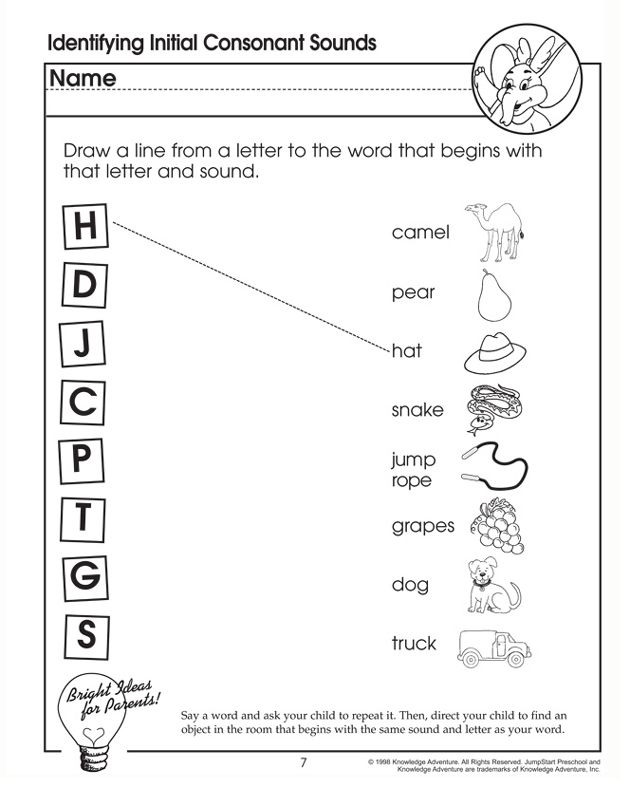 You’ll notice that each of the first letters listed on each mat have just one matching picture. That’s because these letters have already received attention on previous mats.
You’ll notice that each of the first letters listed on each mat have just one matching picture. That’s because these letters have already received attention on previous mats.
The final letter of a mat (in the above example, letter u) is new to that mat; it will always have three pictures.
3 ways to assemble the mats
1. To prepare each mat, simply print the colorful mat and letter cards on card stock. I like to laminate the mats and attach clear Velcro dots. This will take some time, but you will have a lasting resource perfect for review in the classroom, at home, or for private tutoring sessions. Plus, by punching holes in the mats and sticking them in a binder, you’ve got a great way to keep everything together.
2. Want to make the mats fun but less expensive than using Velcro dots? You can laminate the mats and cards and put a little sticky tack on the back of each picture card.
3. Need a “quick, I need these now” option? Just print the mats and cards on card stock. Cut apart the letter cards for each mat. Store them in a labeled plastic baggie and attach each bag to the proper mat with a paper clip.
Cut apart the letter cards for each mat. Store them in a labeled plastic baggie and attach each bag to the proper mat with a paper clip.
Ways to use these mats
1. Your little one can do a few mats at a time at the kitchen table. If your child is just starting to learn letter sounds, make sure he’s proficient at the first mat before moving on. You may find your child breezes through the mats – or it may take several months before he’s ready for the last one.
Take it at your child’s pace.
2. These mats would work well for remedial work. If you’re a teacher, feel free to print a mat and its pieces to send home for review. Or give the materials to a reading tutor or parent volunteer to give a struggling student some extra practice.
Previously, I’ve shared the mats in groups of five – and each mat required a separate download.
Now I have all 25 mats in a single download! Yay!
Plus… page 2 of the download is a key with the names of all the pictures.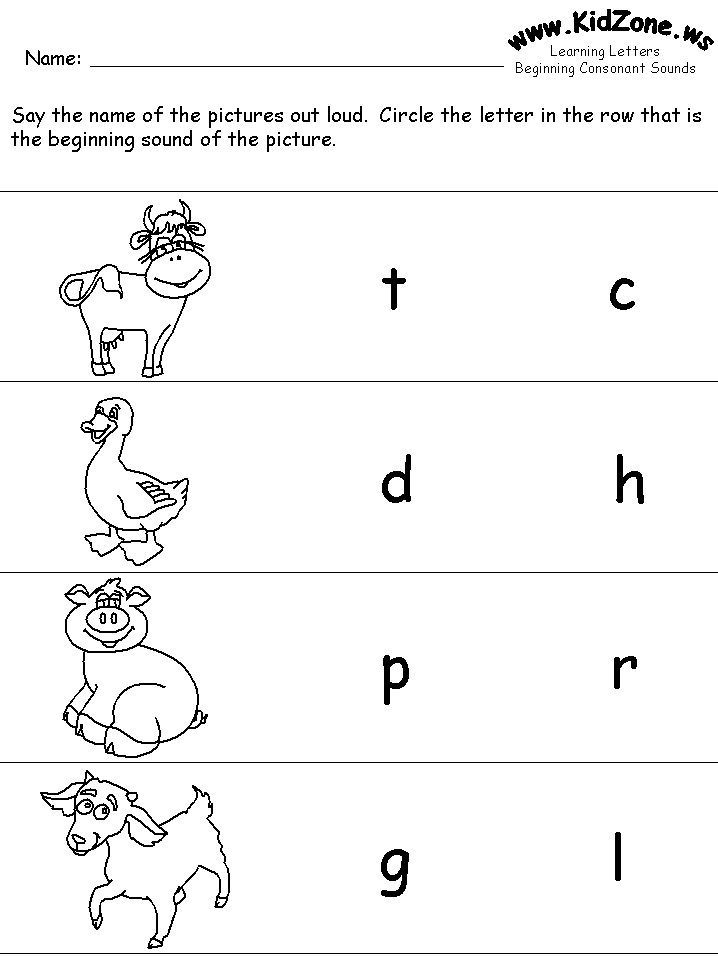 How useful!
How useful!
Get your free beginning sound mats!
CLICK TO DOWNLOAD
Did you know?
Members of The Measured Mom Plus get even more printables … plus video trainings and no-print resources!
JOIN THOUSANDS OF HAPPY TEACHERS!
Free Reading Printables for Pre-K-3rd Grade
Join our email list and get this sample pack of time-saving resources from our membership site! You'll get phonemic awareness, phonics, and reading comprehension resources ... all free!
Sharing is caring!
Filed Under: Letter sounds, Alphabet Tagged With: preschool, kindergarten, Pre-K, beginning sounds, match mats
You May Also Enjoy These Posts:
List of nursery rhymes and songs for letter J (free printable book!)
10 Fun math games for active kids
Reader Interactions
Trackbacks
Sounds and letters | Learning Russian
01/15/2013 | Author: svetrus | Category: Phonetics
What is sound? What is a letter? How do they compare? How are sounds formed and what are they?
Sounds
Speech sounds differ from all other sounds in that they form words.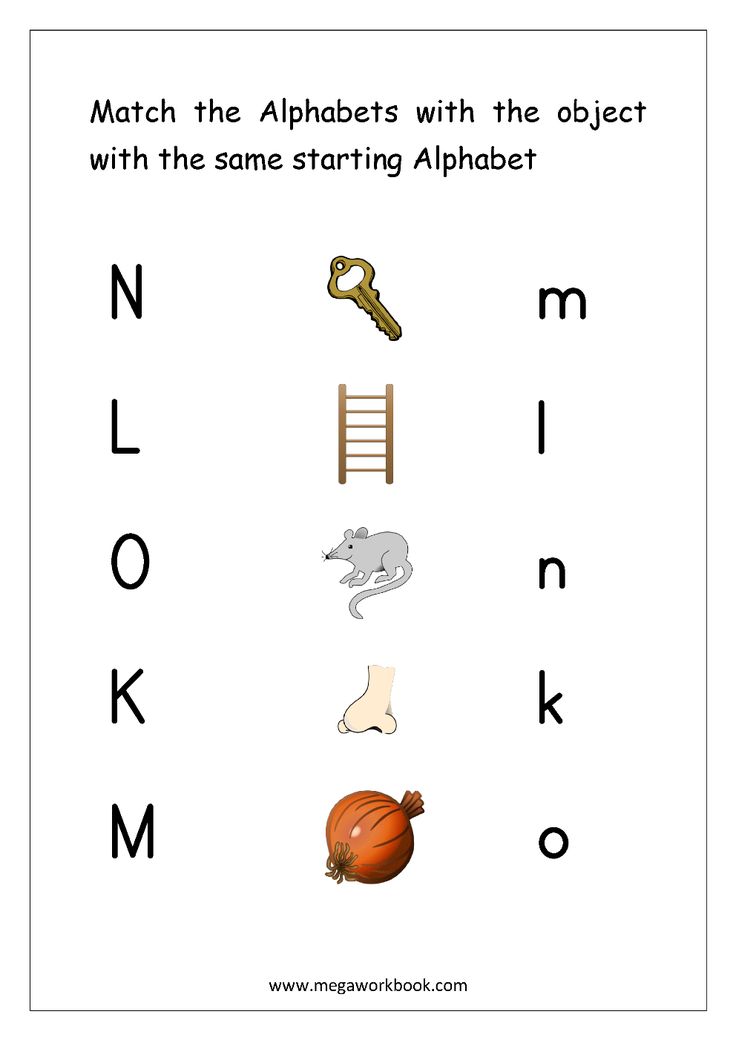
Sound is the smallest basic unit of language along with the word, phrase and sentence. But, unlike them, sound has no semantic meaning. But, it is thanks to the sounds that we distinguish between the words that we hear and pronounce: house [house] and rum [rum] - the difference is in one sound. Sounds create a sound shell of words and this helps to distinguish words from each other, i.e. perform a semantic function. With the help of speech sounds, you can turn one word into another: suk-bow - tuk - tok - rock - mouth - rum - tom - com - ... (when you change one sound, the word changes).
Words differ:
- by the number of sounds they consist of: crow (6 sounds) - funnel (7 sounds), dispute - sport;
- sound set:
- difference in one sound: lemon [l'imon] - firth [l'iman]; port [port] - cake [cake], onion [onion] - bough [bough];
- difference in several sounds: tan [tan] - fence [fence]; beans [beans '] - password [password '];
- sequence of sounds: bush [bush] - knock [knock]; nose [nose] - sleep [sleep];
- sounds in words may not completely match: school [school] - teacher [teacher]; crucian carp [carp '] - catfish [catfish], house [house] - hut [hut].
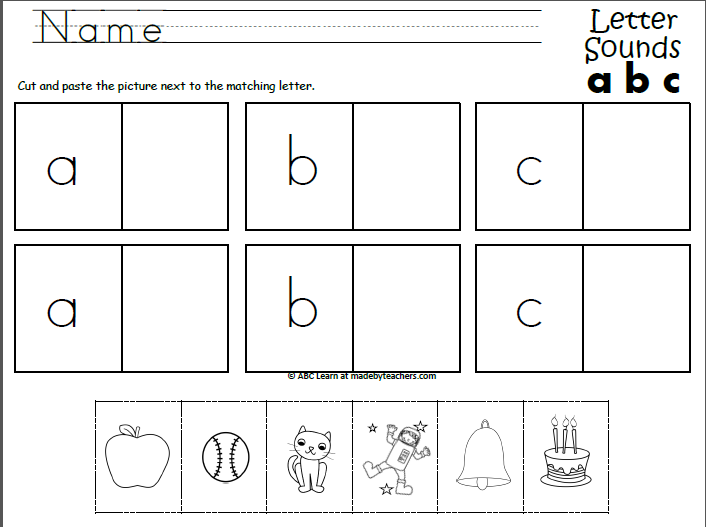
Formation of sounds and their classification.
Speech sounds are produced during exhalation: a stream of air exhaled from the lungs passes through the larynx and oral cavity. Air vibrations and the work of speech apparatus (larynx with vocal cords, oral and nasal cavities, palate, tongue, lips, teeth) form sound.
Tones (voice) and noises are involved in the formation of speech sounds. When the exhaled air passes through the tense vocal cords in the larynx, which causes rhythmic vibrations of the vocal cords, a voice (tone) arises. Noise is formed in the oral cavity when the exhaled air overcomes obstacles (gap or closure) that are formed by the lower lip or tongue when they approach or close with the upper lip, teeth or palate.
When the exhaled air is without obstacles passes through the larynx between tense vocal cords and through the oral cavity, which can change its shape, vowels are formed .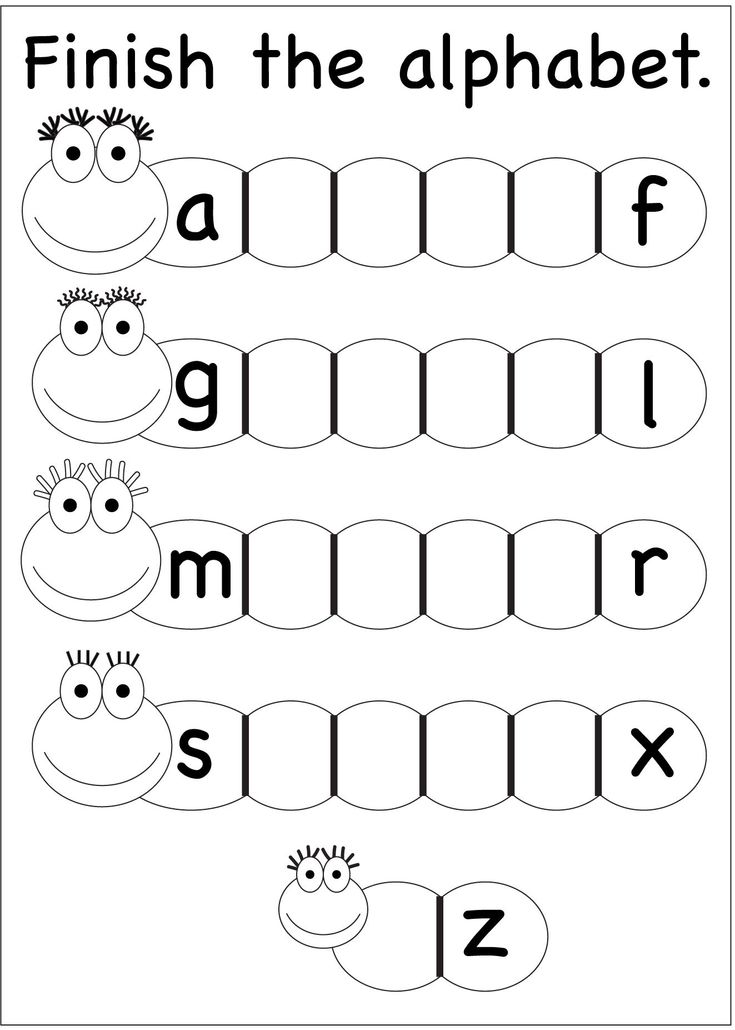 They consist only of a voice, they are the most sonorous. If you put your finger on the larynx and pronounce the vowel sound [a], [o], [y], [i], [s], [e], then you can feel how the vocal cords tremble. Vowels can be sung.
They consist only of a voice, they are the most sonorous. If you put your finger on the larynx and pronounce the vowel sound [a], [o], [y], [i], [s], [e], then you can feel how the vocal cords tremble. Vowels can be sung.
If the exhaled air encounters an obstruction in the oral cavity, then consonants . Both voice and noise are already involved in their education. Consonants, in the formation of which voice and noise are involved, are called voiced . If the voice prevails over noise in the creation of sound, then such voiced consonants are sonorous . Deaf sounds are created only by noise without a voice (vocal cords are relaxed, do not tremble).
Speech sounds according to the degree of sonority (by the number of voice and noise):
- vowels: [a], [o], [y], [i], [s], [e] - only voice is involved in their formation;
- voiced:
- sonorant consonants: [m], [m'], [n], [n'], [l], [l'], [p], [p'], [y'] - more voices than noise, always voiced, unpaired voiced;
- noisy voiced consonants: [b], [b'], [c], [c'], [g], [g'], [d], [d'], [h], [h'] , [g] - there is more noise than voices, paired voiced (in speech, a voiced sound is sometimes used [g ']: jury [zh'uri], reins [reins]);
- noisy voiceless consonants: [n], [n'], [f], [f'], [k], [k'], [t], [t'], [s], [s'] , [w], [w'], [x], [x'], [c], [h'] - consist only of noise.
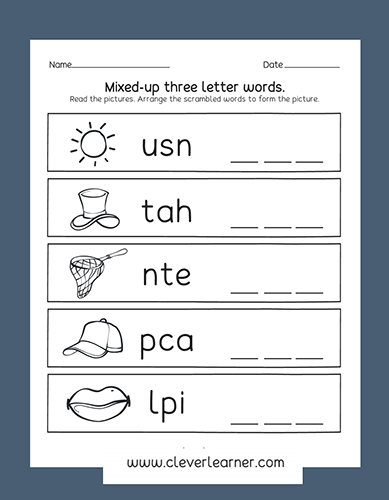
Please note that vowels and consonants (voiced and voiceless) differ in the degree of participation of voice and noise, according to the method of formation (obstacles in the oral cavity occur or do not occur when air is exhaled).
Voice (tone) is always present in the pronunciation of vowels and voiced consonants. When pronouncing deaf consonants, the vocal cords are relaxed, the voice is not formed.
The specific sound of each vowel depends on the volume and shape of the oral cavity - the position of the tongue and lips.
The sound of each consonant depends on the functioning of the organs of speech. Consonants are sonorous and noisy, and noisy - voiced and deaf, depending on the participation of voice and noise in their formation. Consonants also differ in the place where the noise is formed, depending on where and by what organs of speech an obstacle is formed through which the exhaled air passes (labial, lingual, etc.).
Consonants are divided into hard and soft .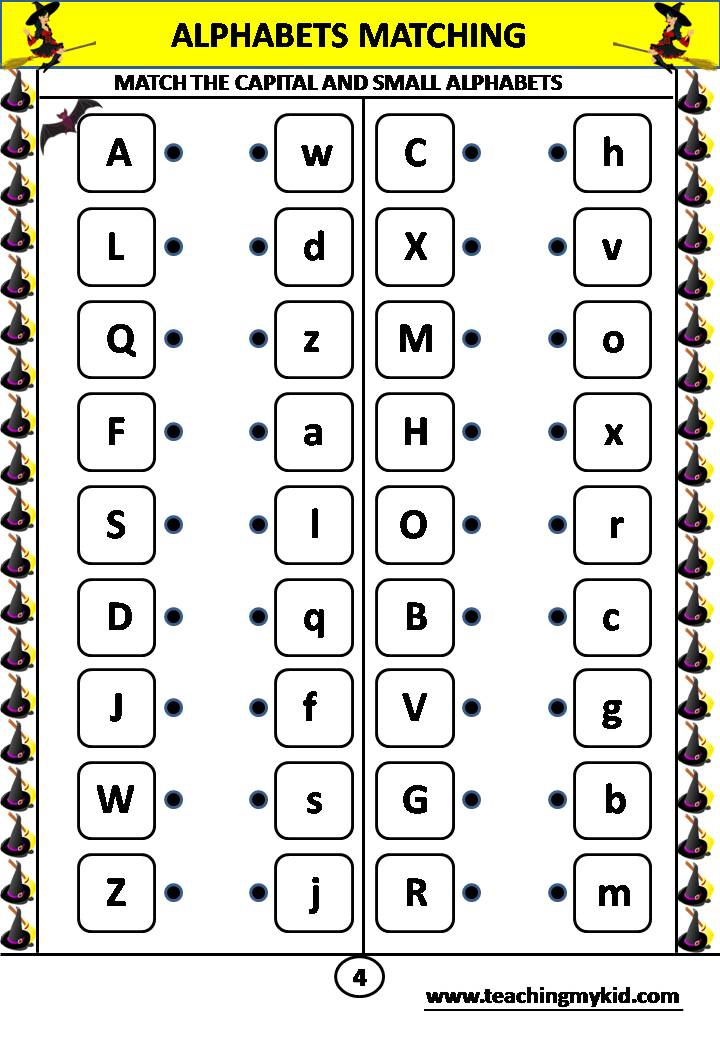 Soft sounds differ from hard sounds in that when they are formed, the tongue performs an additional action: its middle part rises to the hard palate.
Soft sounds differ from hard sounds in that when they are formed, the tongue performs an additional action: its middle part rises to the hard palate.
Letters
Letters are graphic characters that represent speech sounds when writing. There are 33 letters in total. There is no complete correspondence between letters and sounds.
We pronounce and hear sounds, we see and write letters.
An exact recording of speech sounds is called transcription , denoted by square brackets […]. When recording a transcription of a word, it is necessary to designate each sound with a separate letter, put an accent sign, a soft sign [‘]. For example, a cow is [kaROVA], the letter to conveys the sound [k] , the letter р denotes the sound [р] , etc.
How are letters and sounds related?
Letters are called vowels or consonants because they represent vowels or consonants.
- All sounds in a word can correspond to their letter: table [table].
- One letter can represent different sounds:
in the words fruit [raft], fruit [plady], the letter o is used to denote the sounds [o] , [a] , and the letter d is used to denote the sounds [t] and [d ] .
- Letters may not represent sounds:
- One letter can represent two sounds:
- letters e, e, u, i at the beginning of a word, after dividing b, b and vowels, two sounds are indicated [y'e], [y'o], [y'y], [y'a]. The sounds e, e, yu, i do not exist in Russian.
- letters b, c, d, d, z, k, l, m, n, p, r, s, t, f, x they say
The ambiguity of letters is connected with the syllabic principle of functioning of Russian graphics . The essence of this principle lies in the fact that the unit of writing and reading is not a letter, but a syllable , i.
 e. a combination of letters to denote consonant and vowel sounds, where the letters are mutually conditioned. The syllabic principle is used to denote the hardness and softness of consonants, as well as to denote the consonant sound [th].
e. a combination of letters to denote consonant and vowel sounds, where the letters are mutually conditioned. The syllabic principle is used to denote the hardness and softness of consonants, as well as to denote the consonant sound [th]. - One sound can be transmitted by different letters:
in words c irkul [ c yrkul’ ], smile ts i [smile c a] sound [c] is transmitted by the letter c and the letters ts (ts) .
T.o. the number of letters and sounds, their sound and spelling may not match in a word. There is no one-to-one correspondence between letters and sounds. It is necessary to distinguish between sound and letter composition of the word .
Total 33 letters :
- 10 vowels: 0010 ;
- 21 consonant letters: b, c, d, e, g, h, d, k, l, m, n, p, r, s, t, f, x, c, h, w, u;
- b and b signs that do not represent individual sounds.
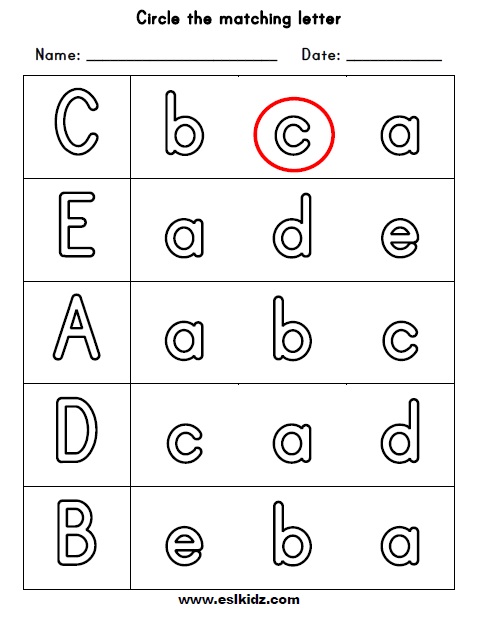
Sounds - 42 :
- 6 vowels: [a], [o], [y], [i], [s], [e] ,
- 36 consonants: [b], [b'], [c], [c'], [g], [g'], [d], [d'], [g], [h], [h '], [d '], [k], [k '], [l], [l '], [m], [m '], [n], [n '], [n], [p'], [p], [p'], [s], [s'], [t], [t'], [f], [f'], [x], [x'], [c], [h'], [w], [w'] .
The difference in the number of consonant letters and sounds is associated with the way the hardness and softness of consonants are reflected in writing.
Sounds are indicated by letters, but the pronunciation and spelling of the word may not match.
References:
- Babaytseva V.V. Russian language. Theory. 5 - 9 grade: textbook for in-depth. study Russian language. / V.V. Babaitsev. - 6th ed., revised. – M. Bustard, 2008
- Kazbek-Kazieva M.M. Preparation for Olympiads in the Russian language. 5-11 grades / M.M. Kazbek-Kazieva. - 4th ed.
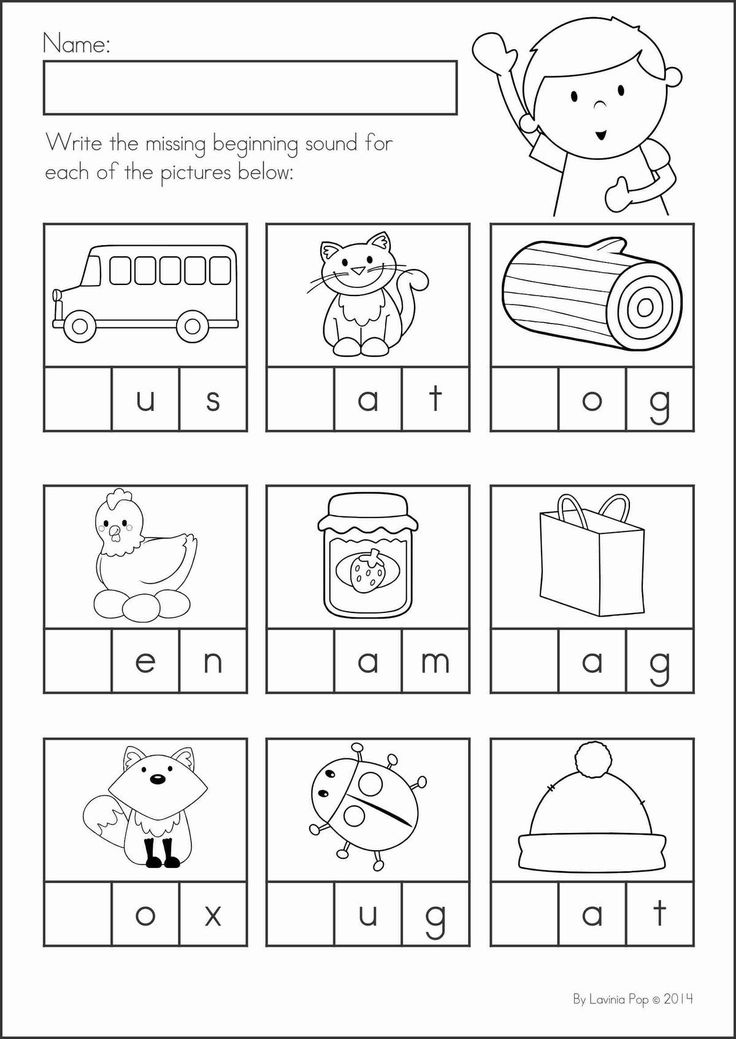 – M.J. Iris-press, 2010
– M.J. Iris-press, 2010 - Litnevskaya E.I. Russian language. A short theoretical course for schoolchildren. – Moscow State University, Moscow, 2000, ISBN 5-211-05119-x
- Svetlysheva V.N. Handbook for high school students and university applicants / V.N. Svetlysheva. – M.: AST-PRESS SCHOOL, 2011
No comments Tags: letter, vowel, deaf, voiced, sound, soft, consonant, hard, transcription, phonetics
Add a comment
© 2011 - 2022 Learn RussianSitemap
Vowel sounds and letters. How many are there in Russian?
We will teach you how to write without errors and tell stories in an interesting way
Start learning
The correct pronunciation of words is one of the components of a beautiful and literate speech. To achieve this, you will first have to study the sounds themselves. In this article, we will figure out together what vowel sounds are, how many vowels are in the alphabet of the Russian language, and what sounds they can represent.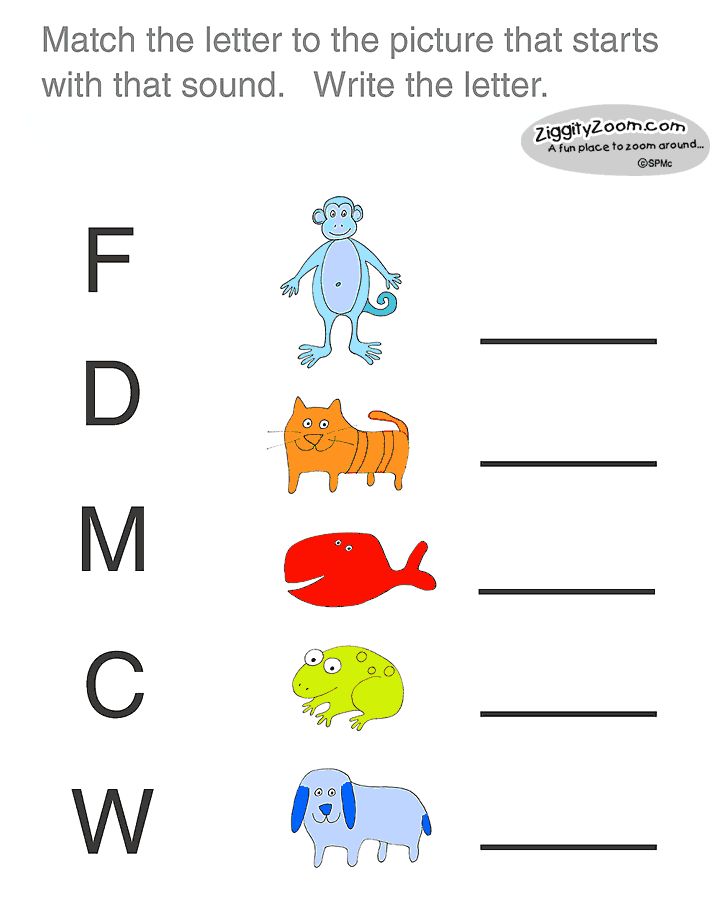
What are vowels and sounds
Vowel sounds are those sounds that we freely convey with our voice. Hence their name comes from: voice means "voice". When pronouncing, air exits through the mouth and does not create noise, and the position of the tongue and lips determines which vowel sound we will pronounce.
There are much fewer vowels in Russian than consonants. There are 6 of them in total: [a], [o], [i], [s], [y] and [e]. To understand whether a vowel sound is in front of you or not, try to sing it. For example:
-
a-a-a ,
-
woo
-
ss .
If it works, then the sound is a vowel. You can't do that with consonants.
There are more vowels than sounds - there are 10 of them: a, i, u, u, o, e, e, e, i, s .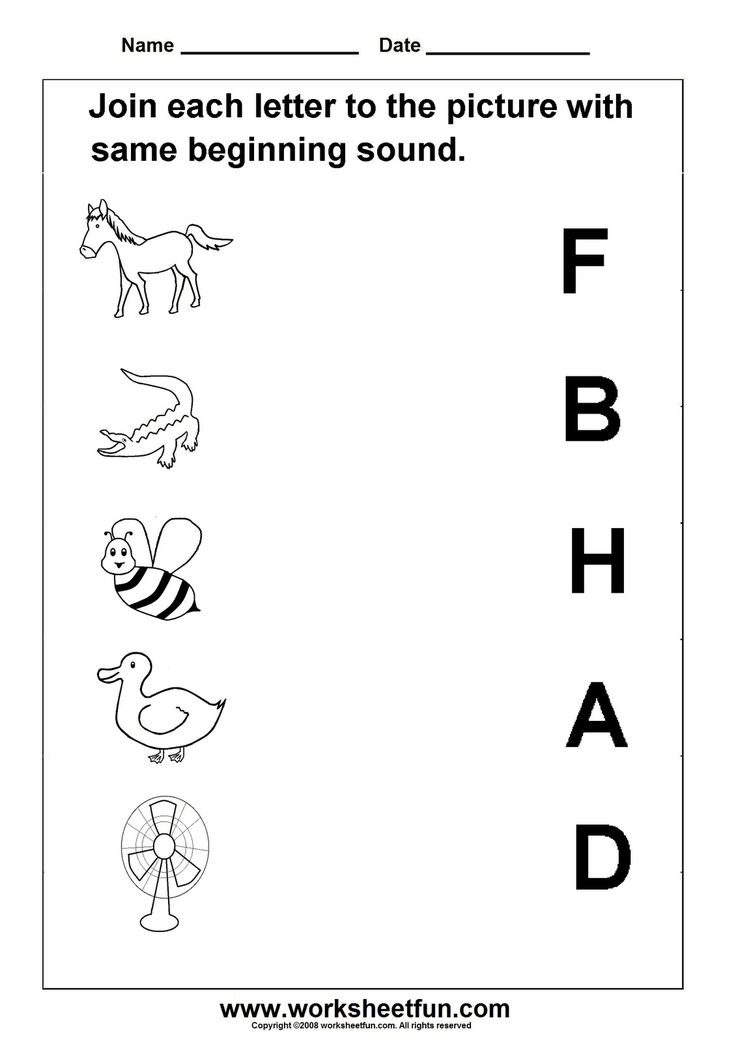 This difference is due to the fact that some of these letters can represent two sounds and are pronounced using a combination of a vowel and a consonant [y']. For example, in word spruce the letter e expresses two sounds - [y'] and [e]. Let's look at the table all the vowel sounds and the letters that represent them.
This difference is due to the fact that some of these letters can represent two sounds and are pronounced using a combination of a vowel and a consonant [y']. For example, in word spruce the letter e expresses two sounds - [y'] and [e]. Let's look at the table all the vowel sounds and the letters that represent them.
| Letter | Sound | Example |
|---|---|---|
| a | [a] | pharmacy |
| i | [a] [d'] + [a] | change anchor |
| at | [y] | moon |
| [y] [y'] + [y] | love skirt | |
| about | [o] [a] | horse milk |
| e | [e] [y'] + [e] [and] | victory raccoon great |
| e | [o] [d'] + [o] | rope hedgehog |
| e | [e] | evolution |
| and | [and] [s] | caviar life |
| s | [s] | selection |
Demo lesson in Russian
Take the test at the introductory lesson and find out what topics separate you from the "five" in Russian.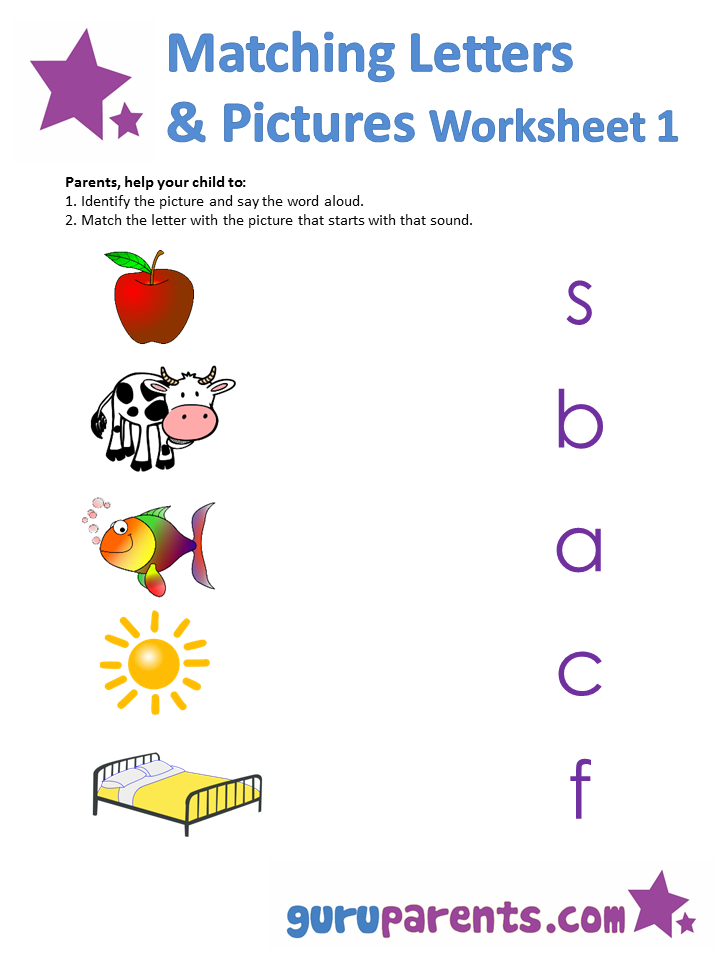
How vowel sounds are related to syllables
Vowel sounds form syllables - sound segments of words that we pronounce with one breath. One syllable can be either a vowel with one or more consonants, or a vowel alone. There is even a rule by which syllables can be counted: how many vowels in a word - so many syllables.
For example, in the word journey there are 5 vowels: [u], [i], [e], [i] and [e]. This means that it has 5 syllables: p-te-she-stv-e .
Test yourself!
Count the number of syllables in the words: try on, tanner, well-groomed, care, prefix, capital, wet, invitation, orange .
Vowel sounds and stress
Now let's see what groups vowel sounds are divided into. Sometimes their pronunciation depends on whether the stress falls on them, that is, whether we single them out with our voice. So vowel sounds are divided into stressed and unstressed. Here are some examples:
Here are some examples:
| | | |
|---|---|---|
| | | |
| | | |
| | | |
Stress in Russian can fall on any of the existing vowel sounds. However, only 4 of them can be unstressed - these are [a], [i], [y] and [s]. In this position, we pronounce sounds weaker than under stress, because of which they can change qualities and sound differently.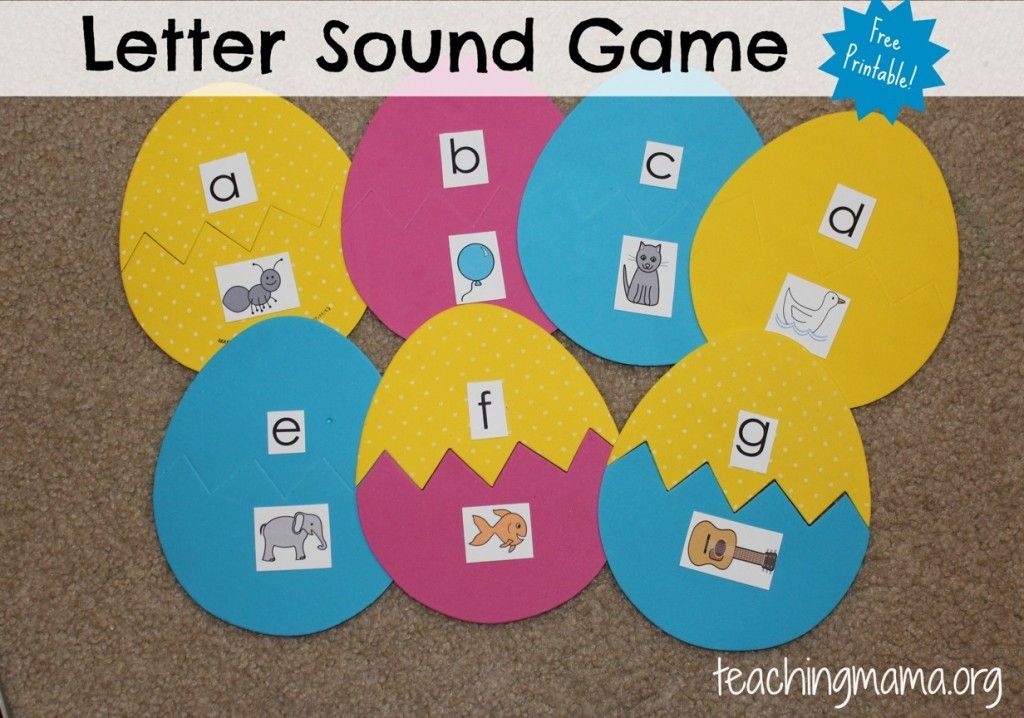
Interestingly, the vowels [o] and [e] can only be stressed. There are only a couple of exceptions to this rule: for example, in words cocoa and canoe sounds [o] and [e] in an unstressed position.
How unstressed vowels are related to consonants
How an unstressed vowel sounds depends on the consonant that precedes it. Or rather, from its hardness or softness. If it is a hard consonant, it can be followed by unstressed vowels [y], [a] and [s]. When we talk about a soft consonant, it is followed by unstressed vowels [y] and [and].
| | |
|---|---|
| | |
| | |
| | |
Free English lessons with a native speaker
Practice 15 minutes a day.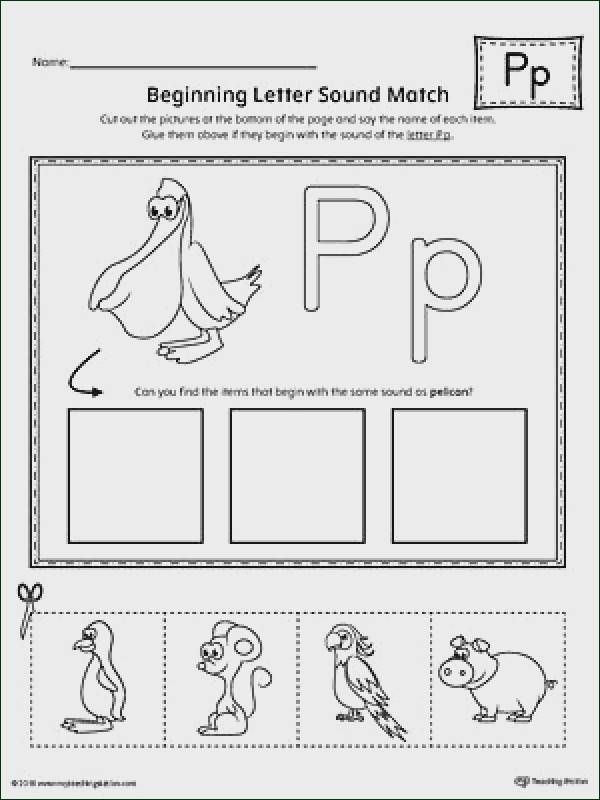 Learn English grammar and vocabulary. Make language a part of life.
Learn English grammar and vocabulary. Make language a part of life.
Test yourself
It's time to find out if you now understand well what vowel sounds are in Russian. To do this, we have prepared tasks for self-examination.
Task 1
List all the vowels in these words:
fair,
rejoice,
doll,
distant,
buddy,
voting,
mirror,
story,
OK,
captivate.
Task 2
Name 5 words each in which the sounds [a], [i], [y] and [s] would be stressed.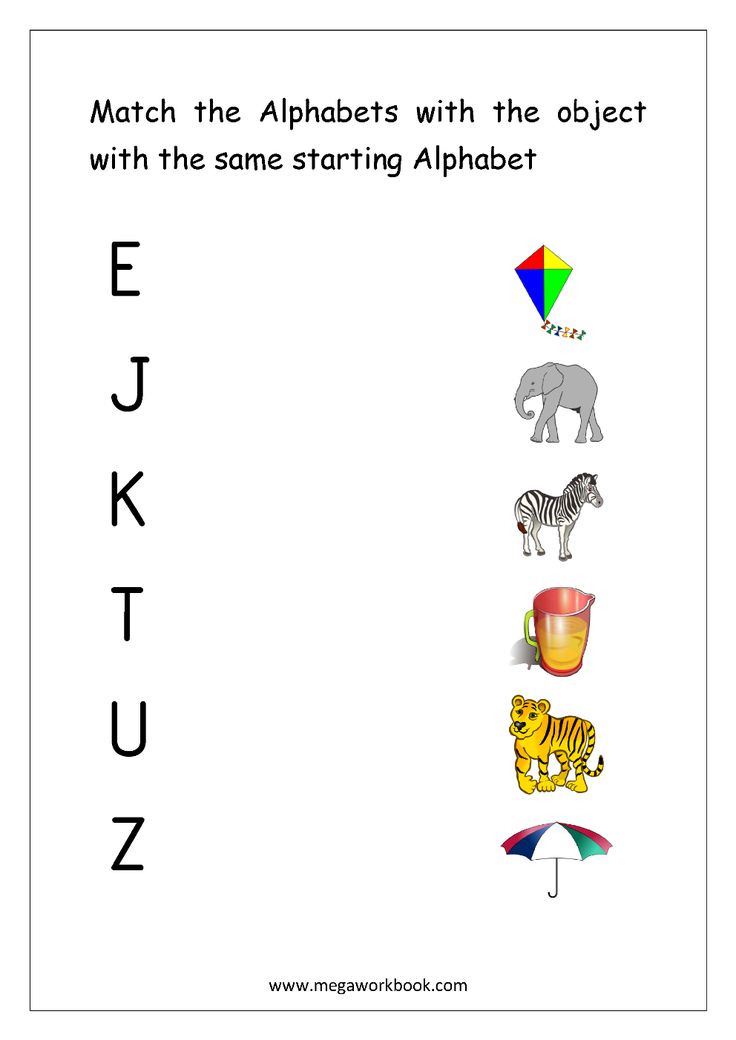
Task 3
Name 5 words in which an unstressed vowel would come after a hard consonant, and 5 more words where it would follow a soft consonant.
Task 4
Count the number of syllables in the words below (remember to use the rule you learned at the beginning of the article!):
-
weightless,
-
sunrise,
-
adventure,
-
painter,
-
perpetuate,
-
nice,
-
image,
-
category,
-
exciting,
-
melting,
-
snowflake.
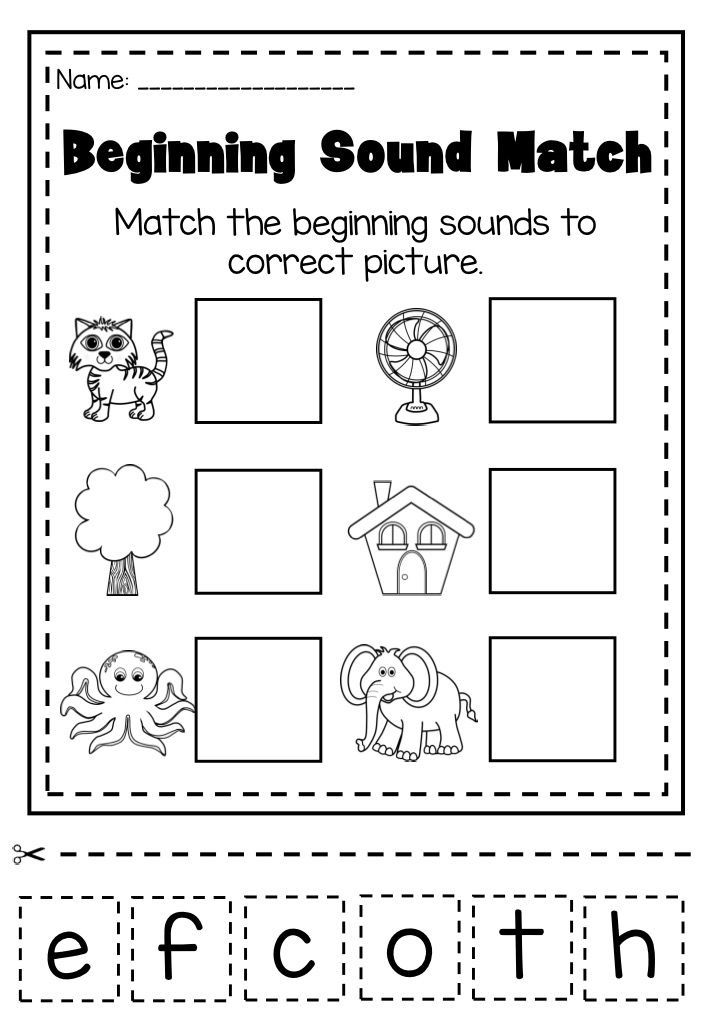
Learn more

